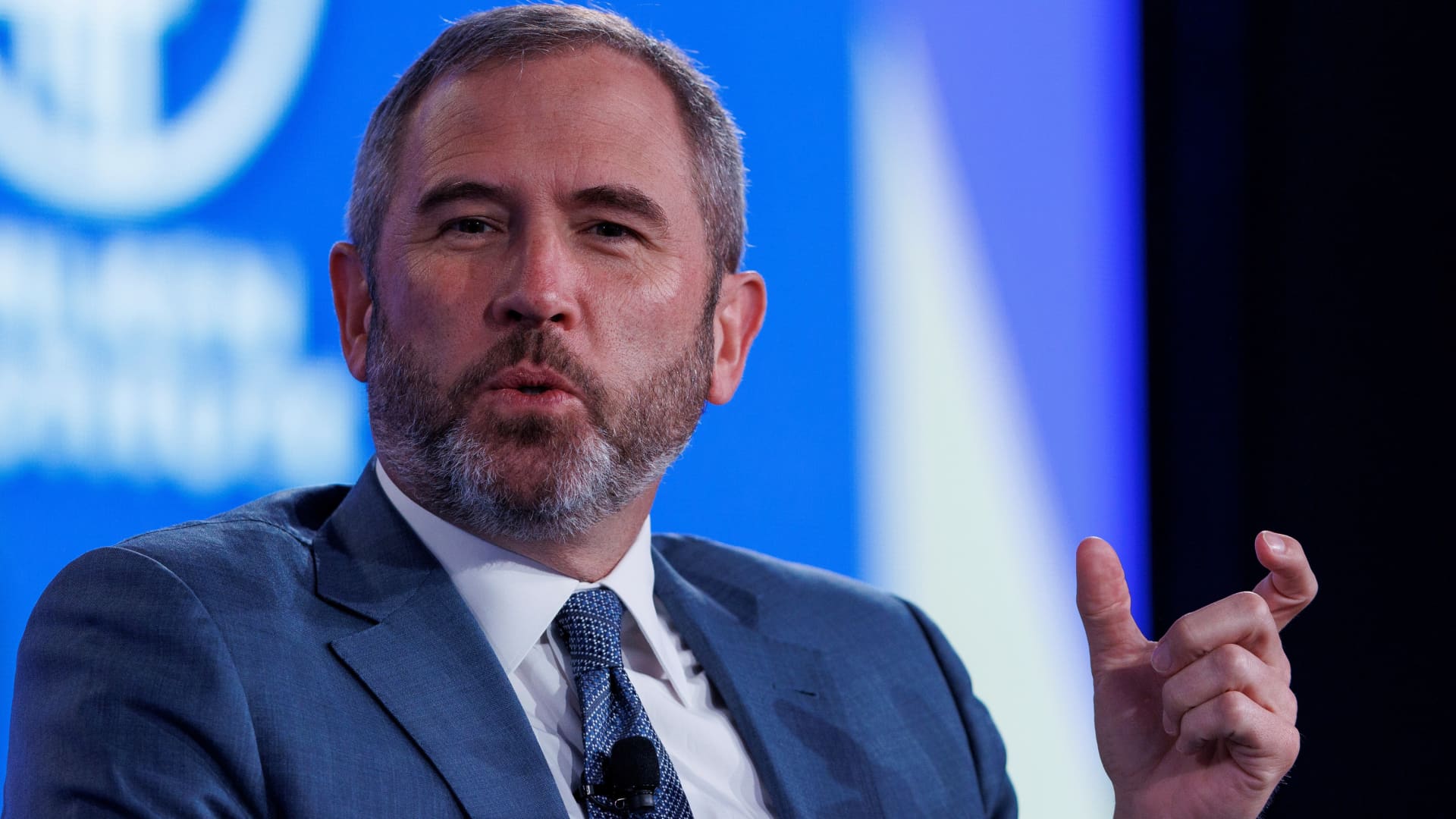401(k) Rollovers: What You Need to Know About The Tax Implications
:max_bytes(150000):strip_icc():format(jpeg)/thinkingwoman-d9d3f5988cc64c96a341fa08a528aabd.jpg)
The tax consequences of 401(k) rollovers depend on the option you pick
Fact checked by Skylar Clarine
Reviewed by Marguerita Cheng
:max_bytes(150000):strip_icc():format(jpeg)/thinkingwoman-d9d3f5988cc64c96a341fa08a528aabd.jpg)
Ridofranz / Getty Images
Employees who participate in their company 401(k) plans have a few options available when they leave the company. The tax consequences depend on which option they choose. The rules that govern this type of transaction can be complex and, in some cases, restrictive. It is important to understand these rules to avoid costly tax errors that can substantially disrupt your retirement plan.
Key Takeaways
- If you cash out your 401(k) after leaving your employer, you will be subject to taxes and possibly early withdrawal fees.
- Leaving your funds in your former employer’s 401(k) means you won’t pay taxes or fees, but you can no longer make contributions to the plan.
- If you roll over your funds into an IRA or a 401(k) plan sponsored by your new employer, you should do it directly from one plan to the other without ever handling the money to avoid potential taxes and fees.
3 Options
Generally, participants in a 401(k) plan have three alternatives when they leave their employers. Different tax rules pertain to each option.
Cash Out
This is perhaps the most straightforward choice when it comes to taking money out of a 401(k) or another retirement plan. The check from the plan is either made payable directly to the plan owner or is deposited into the owner’s bank or retail investment account.
It is also the most expensive option, as the participant will pay tax at ordinary income rates on the balance withdrawn. Participants younger than 59½ will also face an additional 10% penalty for early withdrawal. When you factor in state taxes, the total tax bill can easily reach 45% or higher, depending on which tax bracket the participant is in.
The real cost of this choice comes from the lost opportunity for that money to continue growing tax-free or tax-deferred, as this can reduce the participant’s nest egg in their later years by thousands of dollars.
Leave It Alone
With this simplest option, the participant does nothing and leaves their 401(k) funds with the former employer’s plan custodian. There is no tax consequence for this option, but you cannot continue to make contributions to the plan.
Roll It Over
This is probably the most common choice made by former plan participants. Those who choose this route will direct the plan custodian to send their money either to another 401(k)—if they become employed at a company that offers a plan that accepts rollovers from other plans—or to an individual retirement account (IRA).
If the rollover funds come to the participant in a check, it will be made out to the next plan or account custodian and not to the participant. The participant then has 60 days to deposit the money with that custodian. If the participant fails to do this, the entire amount of the check will be considered a distribution by the Internal Revenue Service (IRS) and subject to applicable taxes and penalties.
Those who wish to avoid this possible cost can do a direct rollover, electing to have the money rolled over directly into the new plan or account with no check mailed to the participant. Most financial planners and retirement plan experts recommend direct rollovers rather than indirect rollovers.
Also, participants can only do an indirect 401(k) plan rollover once in a 12-month period. If they do this again before a year has elapsed, the entire balance of the second rollover will be counted as a distribution. This time limit must be met between every indirect rollover.
Important
Once you make an indirect rollover, you cannot execute another one for 12 months.
Exceptions
Although most withdrawals from 401(k) or other qualified plans by participants who are younger than 59½ are subject to the 10% early withdrawal penalty, there are exceptions to this rule, each with its own rules and limits on the amount you can withdraw. Penalty-free withdrawals are allowed in the following instances:
- To pay back taxes to the IRS
- Birth or adoption of a child
- Personal or family emergency expenses (one distribution per calendar year)
- Distributions to qualified military reservists called to active duty
- Withdrawals following a doctor-verified diagnosis of a terminal illness
- Distributions to the participant’s estate after their death
- Distributions to a participant who has become permanently disabled
- Distributions for unreimbursed medical expenses that exceed a maximum of 7.5% of the participant’s adjusted gross income for that year
- Distributions resulting from a qualified domestic relations order (QDRO) during a divorce
- Distributions to a victim of domestic abuse by a spouse or domestic partner
- Distributions for those who live in a federally declared disaster area and have suffered economic losses
- Distributions taken as part of a series of substantially equal periodic payments approved by the IRS
The NUA Rule
Employees who purchased shares of their company’s stock inside their 401(k) plan can receive favorable tax treatment on their shares when they roll over the rest of their plan balances, as long as certain rules are followed.
If your account includes publicly traded stock in the company you work for, you can withdraw it from your 401(k) and put it in a taxable brokerage account for more favorable tax treatment. The difference between the stock’s value when acquired and its current value, aka the net unrealized appreciation (NUA), is then subject only to capital gains tax rather than more costly income tax.
This rule can lower the overall tax bill for employees who have accumulated large numbers of shares in their company plan over time.
Does Vesting Affect Whether or Not You Can Leave a 401(k) Account With a Former Employer?
It may, depending on how much is vested in your account. Here’s how vesting works: If your employer contributes to your 401(k), vesting is the process by which those contributions become yours. This can happen gradually, over the years. One vesting formula an employer might use would be to give you ownership of 20% per year of the amount it has contributed to your 401(k). In this scenario, you would own all of those contributions after five years and from there on. (You always own 100% of whatever you have put into your account.)
If your account has less than $1,000 vested at your departure, your former employer can cash out your account or roll it into an individual retirement account (IRA).
How Can You Avoid Paying Taxes on a 401(k) When You Leave a Job?
In this scenario, the easiest way to avoid taxes is to leave your 401(k) funds in your former employer’s plan. The downside is that you cannot continue to make contributions to the plan. Another option is to roll over the funds into your new employer’s 401(k). Be sure to follow the rules carefully in order to avoid both taxes and penalties.
When Can You Withdraw Funds From a 401(k) Without Paying a Penalty?
If you are over 59½, you can take money out of a 401(k) without paying a 10% penalty to the IRs. If you are younger than that, there are also several exceptions to this rule, allowing you to make withdrawals penalty-free. Among them are giving birth or adopting a child, paying back taxes to the IRS, becoming disabled, and having unreimbursed medical expenses that exceed a maximum of 7.5% of your adjusted gross income for the year.
The Bottom Line
The tax rules for 401(k) rollovers can be straightforward for those who elect to take cash distributions or leave their plan balances where they are. The rules for those who decide to preserve the tax-advantaged status of their plan balances can be complex, but opting for a direct rollover will usually steer the participant clear of any potential tax pitfalls. For more information, visit the IRS website. It also makes sense to consult a retirement plan custodian or financial advisor.









